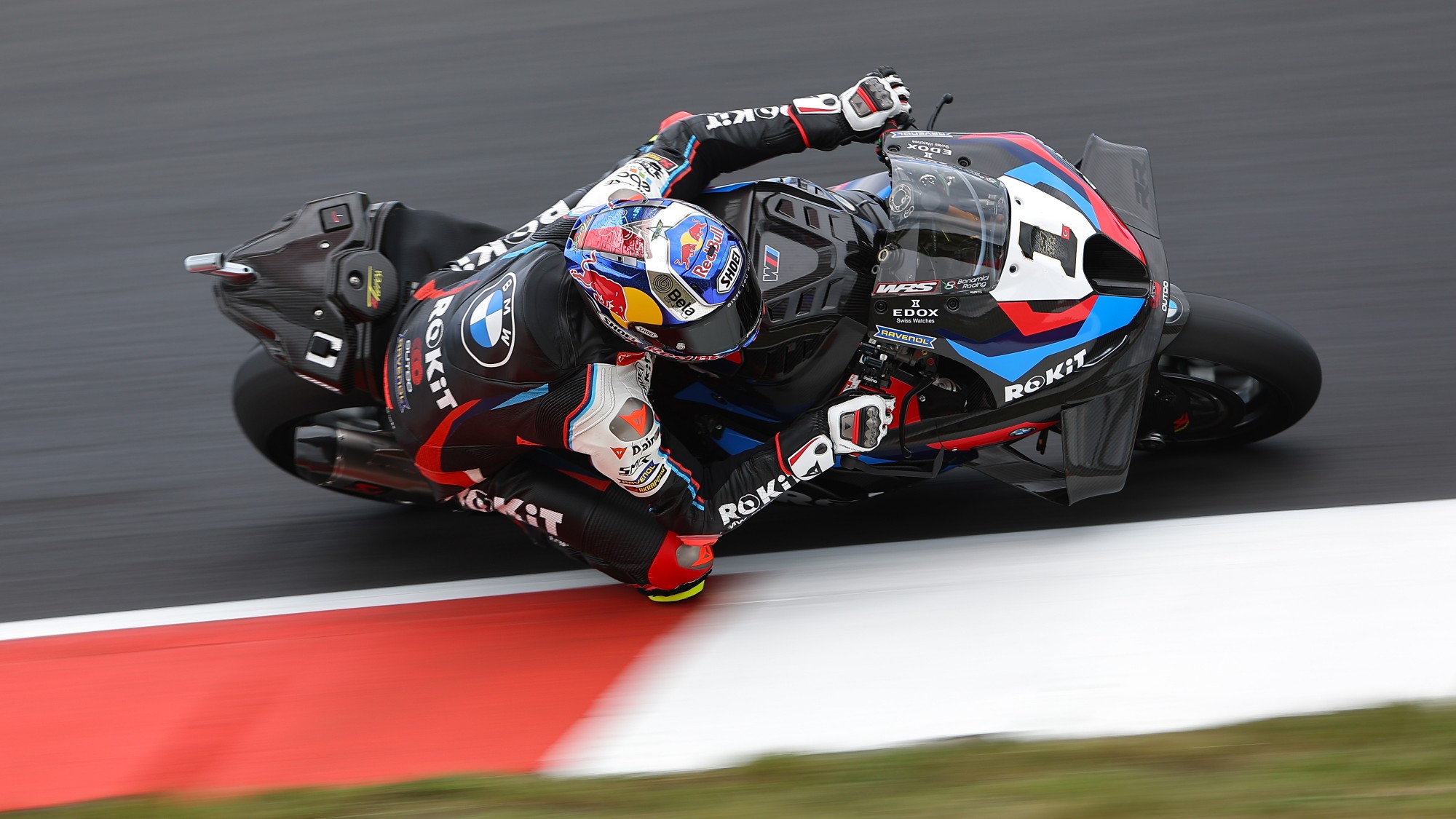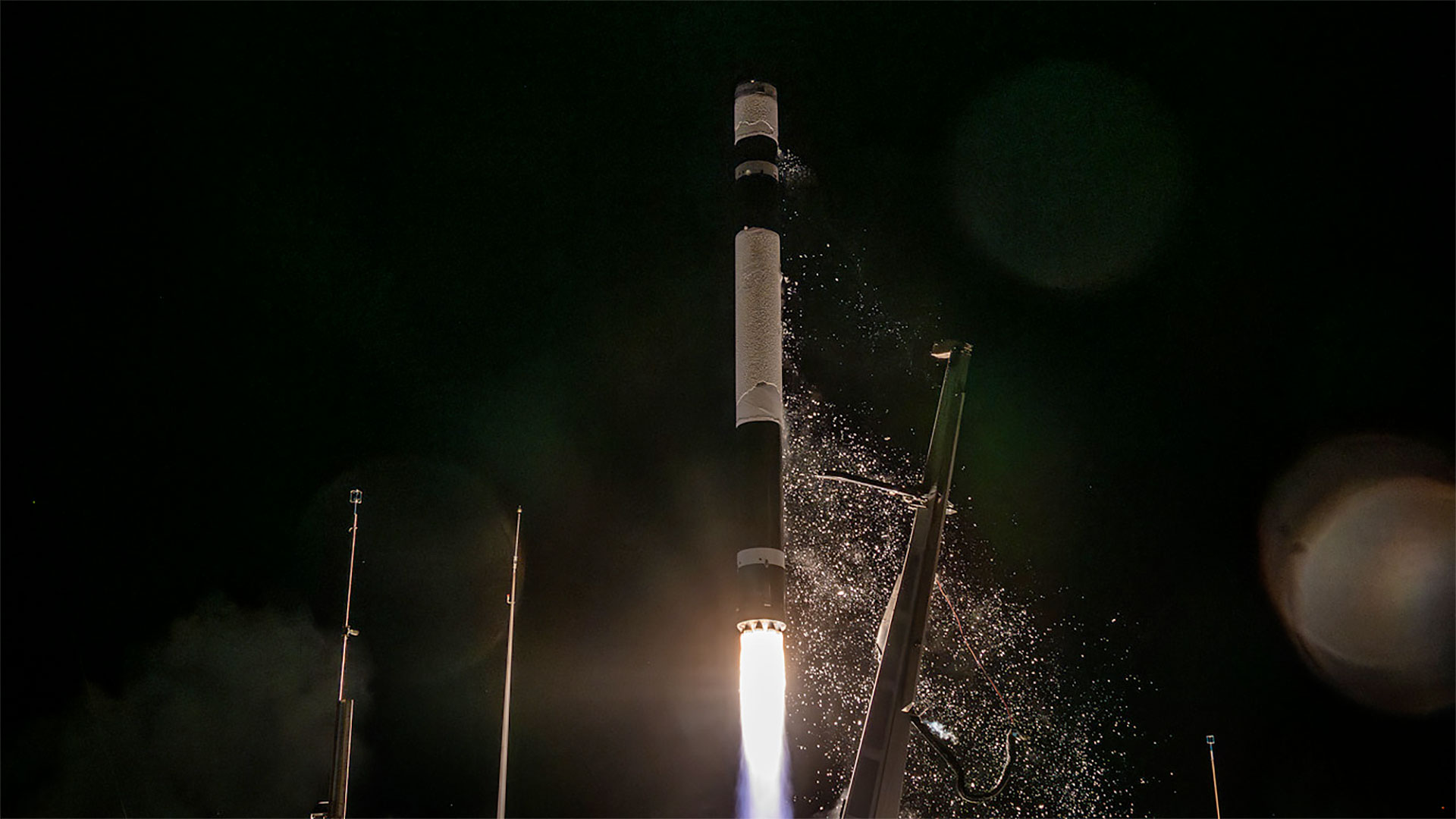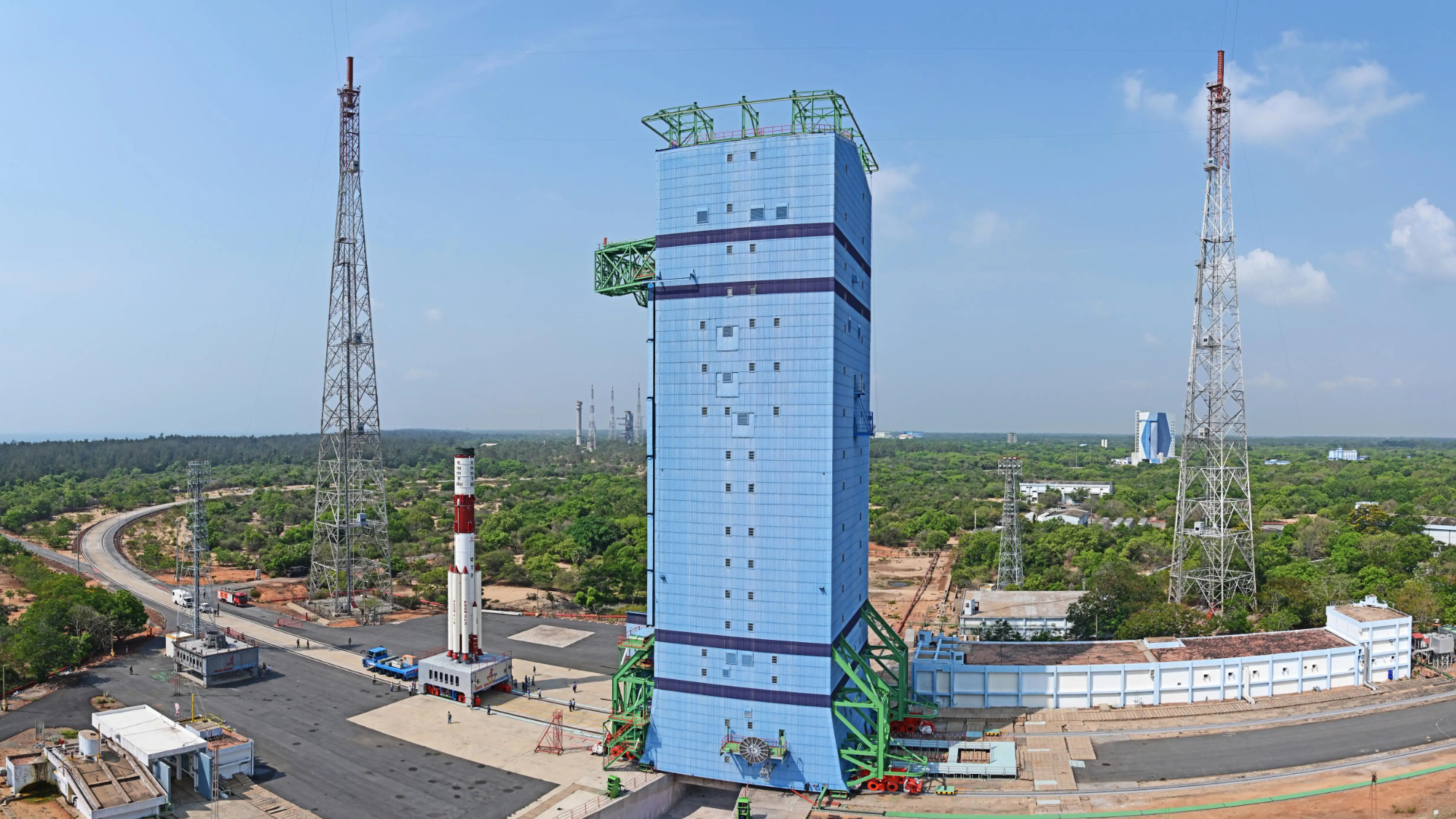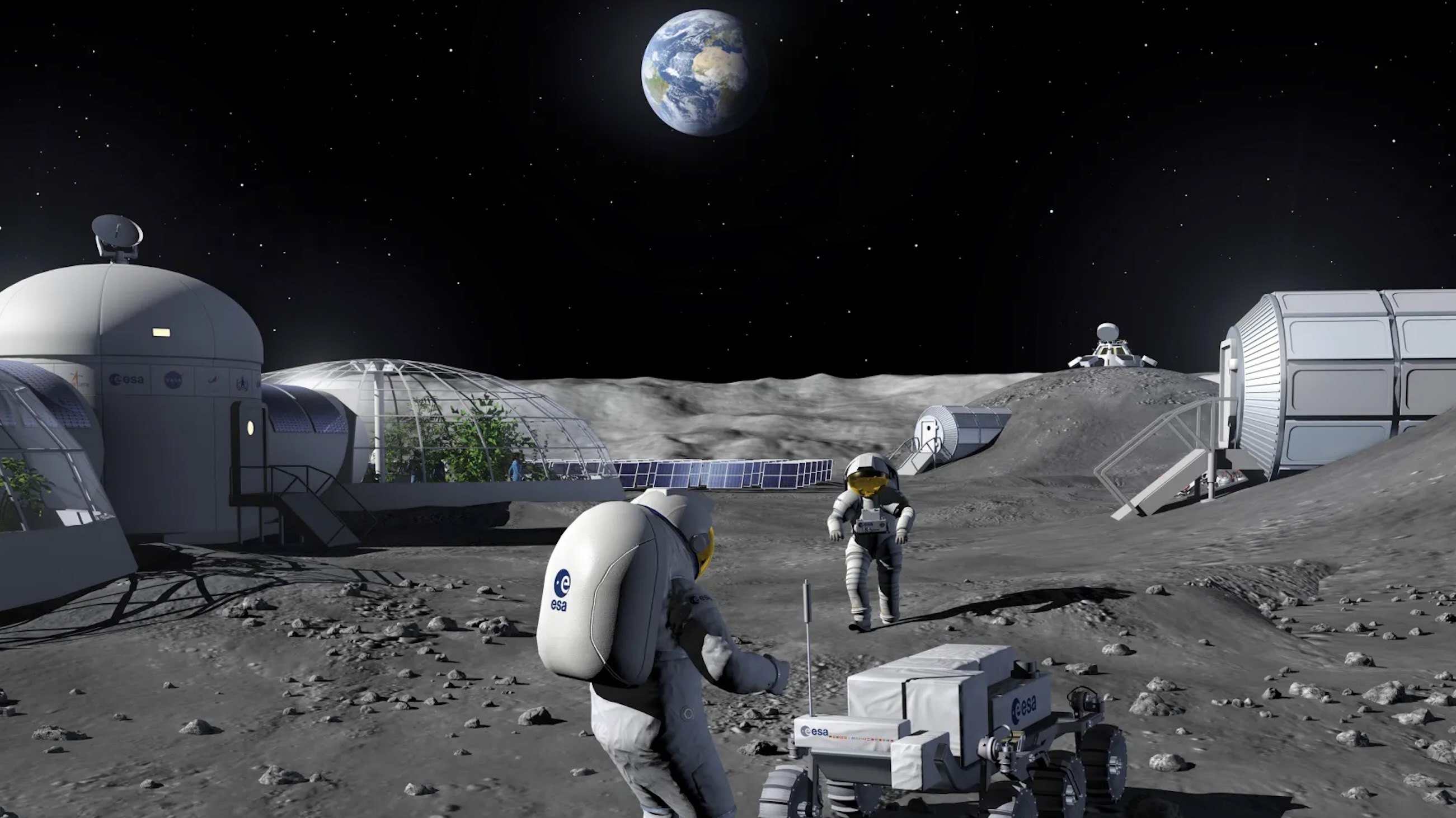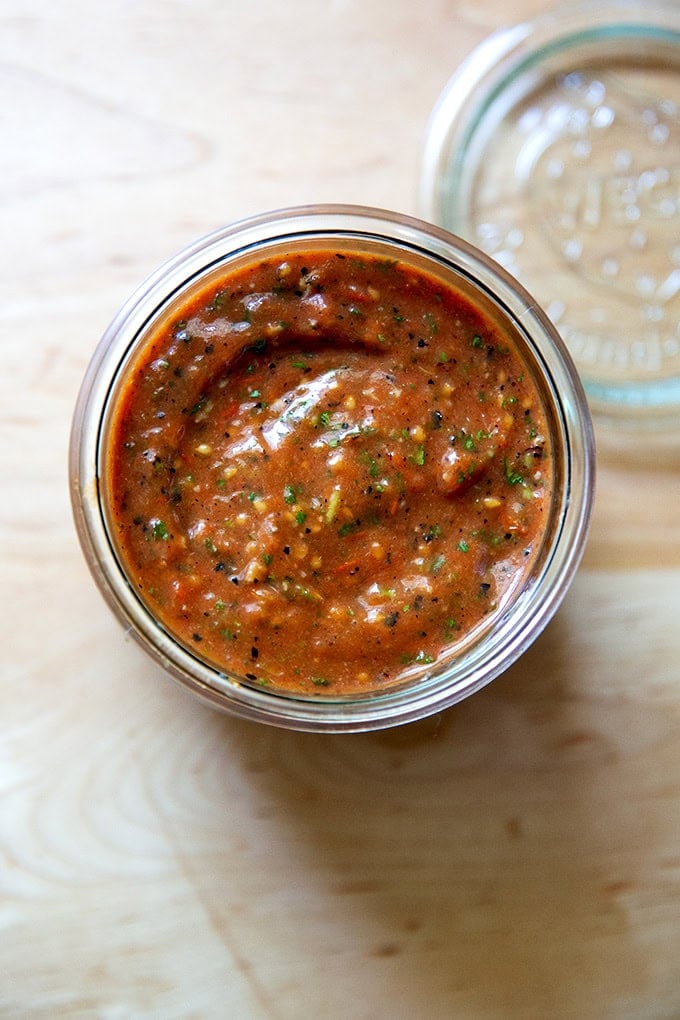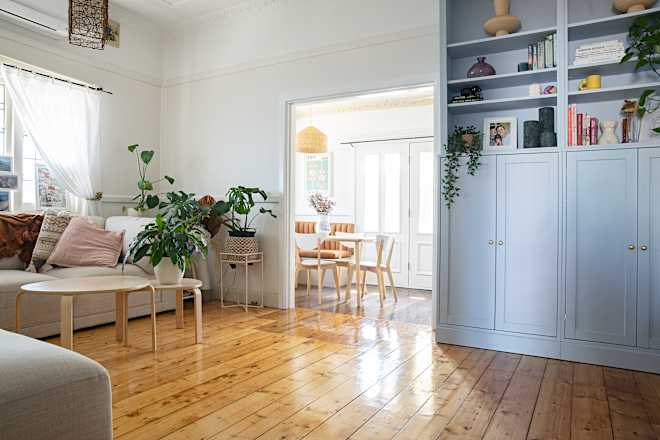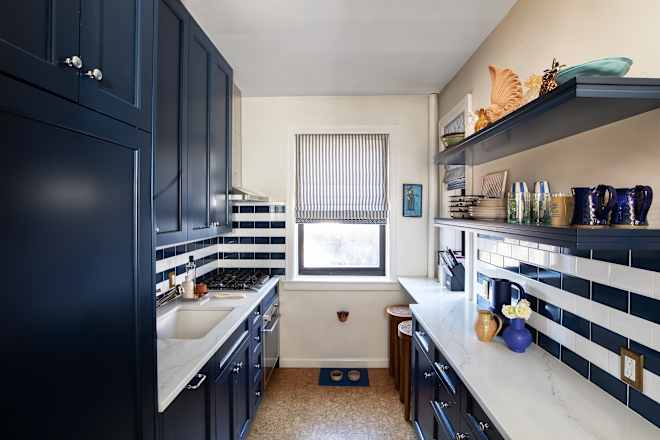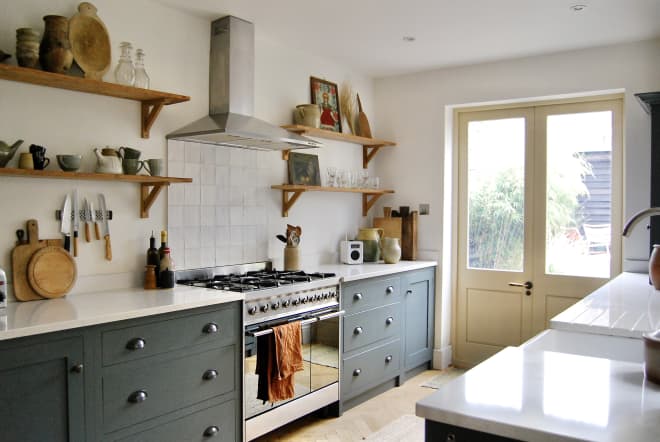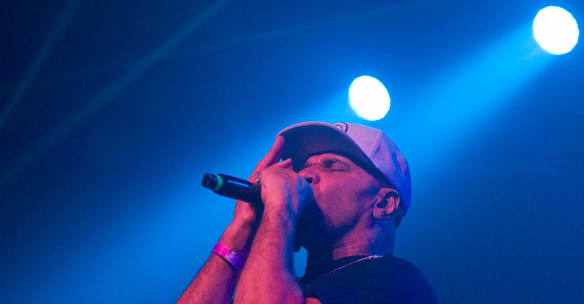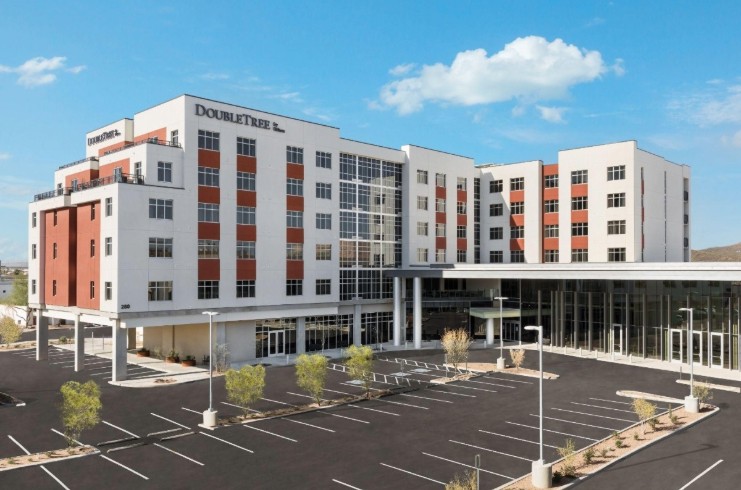Hachiman Bridge in Tokyo, Japan
In November 1878, a new bridge was built over the Kaede River in Kyobashi Ward, based on the designs by American civil engineer Squire Whipple. Made mainly of iron (not steel, that is), it was the first Japanese bridge of its kind, and seen as an icon of westernization. Named Danjo Bridge after the nearby mansion of samurai lord Shimada Danjo, the bowstring truss bridge served as a significant point between the Imperial Palace, Honjo and Fukagawa areas. In 1912, a new Danjo Bridge replaced it and set it aside, and it went into disuse following the great Kanto earthquake of 1923. In May 1929, the old Danjo Bridge was relocated to the Fukagawa area, not far from the popular Tomioka Hachiman-gū shrine. It once crossed the Hachiman-bori canal, but it was later landfilled and turned into a pedestrian path. The bridge was also renamed Hachiman Bridge and preserved as a modest monument.


In November 1878, a new bridge was built over the Kaede River in Kyobashi Ward, based on the designs by American civil engineer Squire Whipple. Made mainly of iron (not steel, that is), it was the first Japanese bridge of its kind, and seen as an icon of westernization.
Named Danjo Bridge after the nearby mansion of samurai lord Shimada Danjo, the bowstring truss bridge served as a significant point between the Imperial Palace, Honjo and Fukagawa areas. In 1912, a new Danjo Bridge replaced it and set it aside, and it went into disuse following the great Kanto earthquake of 1923.
In May 1929, the old Danjo Bridge was relocated to the Fukagawa area, not far from the popular Tomioka Hachiman-gū shrine. It once crossed the Hachiman-bori canal, but it was later landfilled and turned into a pedestrian path. The bridge was also renamed Hachiman Bridge and preserved as a modest monument.

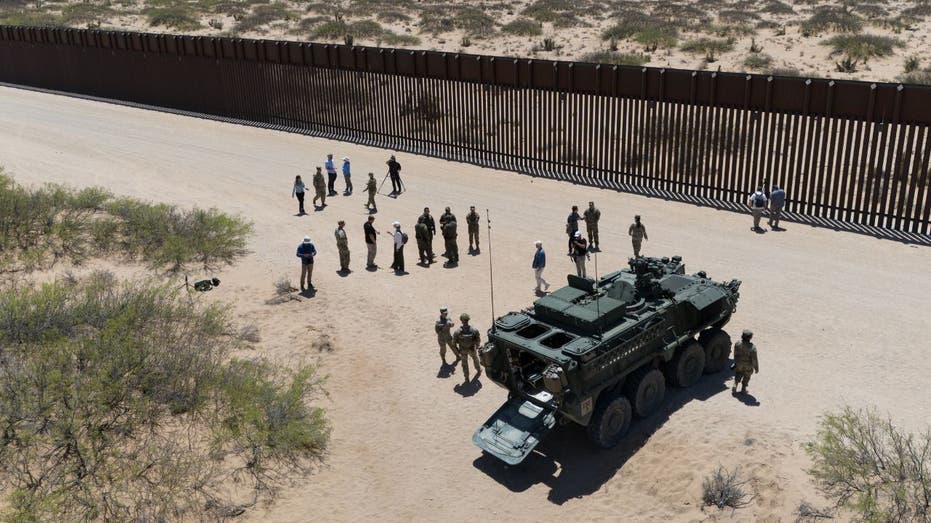








![[FREE EBOOKS] Modern Generative AI with ChatGPT and OpenAI Models, Offensive Security Using Python & Four More Best Selling Titles](https://www.javacodegeeks.com/wp-content/uploads/2012/12/jcg-logo.jpg)

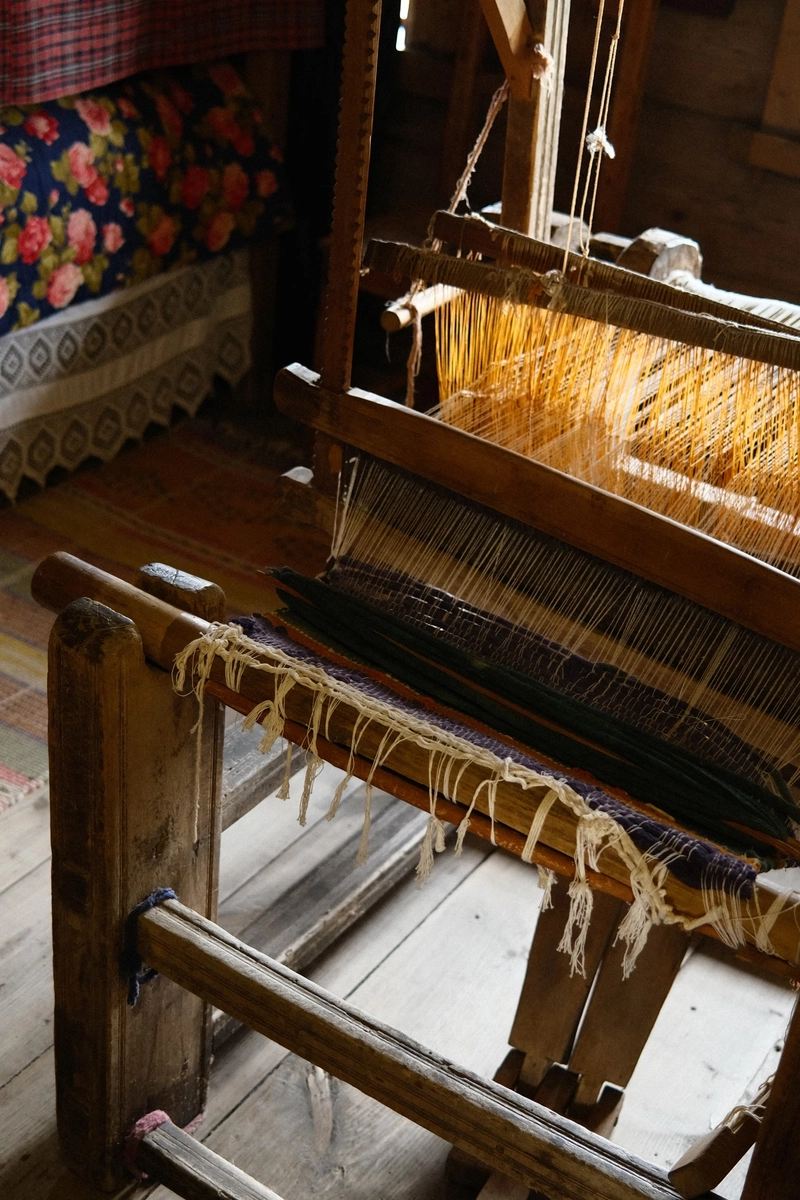






.webp?#)






